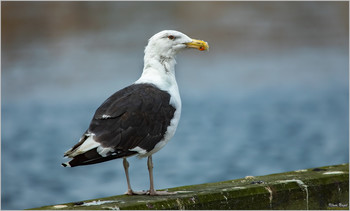
0
У вас фото в корзинеУдалить все

|
|
|
|
Добавить в галерею
Предложить цену
Фото НЕ выставлено на продажу, но вы можете предложить свою цену и пригласить автора выставить фото на продажу. Предложение вас ни к чему не обязывает
Предлагаемая сумма
Кошелек должен быть подключен, чтобы предложить цену
|

|
|
***
 |
|
|
|
||
|
|
Это фото не выставлено на продажу. Предложите цену
Покажите автору интерес к данному фото и пригласите его выставить фото на продажу. Предложение вас ни к чему не обязывает
Кошелек должен быть подключен, чтобы предложить цену
***
Добавить в галерею
В галереях
|
|

